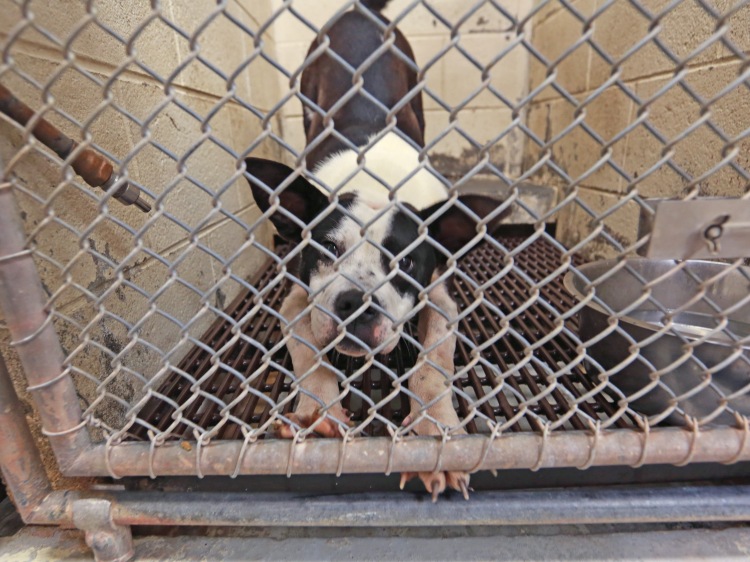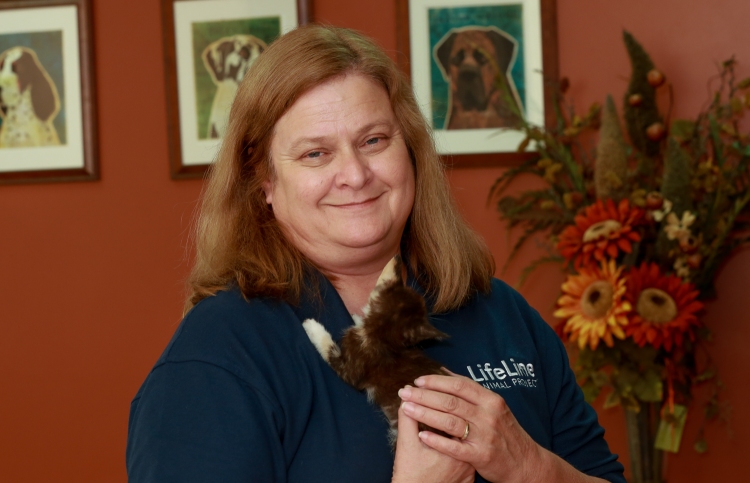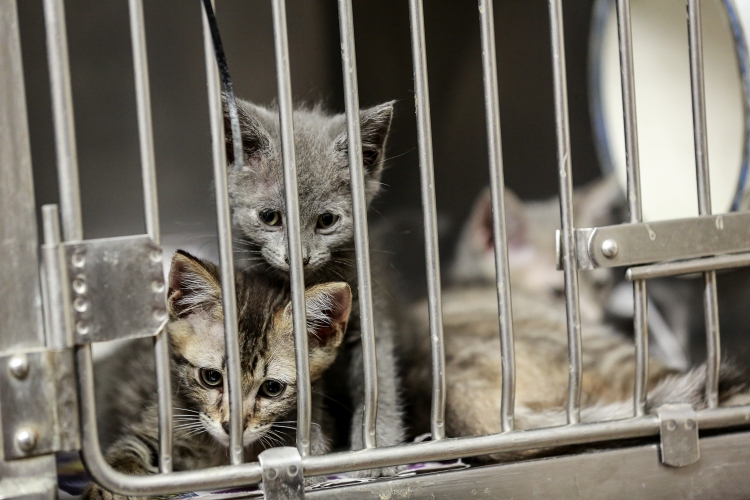“You cannot get through a single day without having an impact on the world around you. What you do makes a difference, and you have to decide what kind of difference you want to make.” ― Jane Goodall
If you’ve been a regular reader of my blog, you probably noticed that right around the 2016 election I fell silent – for over three years. In the aftermath of election night, I knew without a doubt that the new administration was going to be devastating for animal welfare and the environment, providing journalists like me with plenty of fodder to write about. But in the days and weeks that followed, I became so deeply depressed that I lost all desire to continue my animal welfare writing. I told myself that I wouldn’t have anything original to say and would only be repeating what myriad other journalists – many of whom were far more prolific than I am – were already reporting.
Sure, I could undoubtedly rage on and on about every single affront to animals rights that began snowballing almost immediately after inauguration day, but nothing was going to change the fact that we had an animal-hating, science-denying sociopath at the helm of our country who would not be swayed by the condemnation of activists like me. It was going to be a very long, agonizing four years, so I braced myself for what was to come and decided to detach from the chaos in order to protect my emotional wellbeing. Selfish perhaps, but it felt like the healthiest thing to do at the time.
It has been said that the greatest antidote to depression is action, but withdrawing from all the negative news (only staying as informed as-needed), taking a break from my volunteer rescue work and putting my blog on hold was exactly what my heart needed. I was emotionally exhausted after covering the dog and cat meat trade and the many other forms of violence that humans were continuing to perpetrate against animals. I’d also become incredibly disillusioned by so-called “activists” who claimed to be fighting on behalf of animals but were really just seeking publicity while quietly lining their own pockets. Maybe a more courageous and dedicated investigative journalist wouldn’t have blinked an eye, running head-first into the storm with an unflagging determination to report the truth. So if I could be silenced so easily, was I even a real activist at all or just a weak fraud posing as one?
The fact is, I’m an empath. To the world I may appear confident, strong and comfortable in my own skin, but that’s simply a persona I learned to adopt as a young girl to protect my soft, vulnerable heart from petty, hateful people whose cruel motivations to harm me never ceased to mystify me. But beneath my carefully crafted suit of armor, I experience my emotions and those of the people I care about very deeply. I am incredibly intuitive and sensitive to the energy of my surroundings, can “read” others uncannily well, easily see through hypocrisies and lies, and I can’t witness anyone – especially animals – in pain without wanting to jump in and “save” them. While I wouldn’t change who I am for anything, my hyper-sensitivity combined with my introverted personality means I can only handle so much negative stimuli before I start to unravel and need to isolate myself. Only then can I replenish, recharge and reinforce my protective exterior once again.

There will always be cruel people in the world who will want to hurt the weak and the voiceless in order to make themselves bigger, stronger and richer. We who volunteer our time and energy in animal rescue and activism know this. I was bullied as a child, so nothing motivates my desire to fight back harder than mean people using their positions of power to hurt and exploit others. I imagine that this passion to protect and fight back is what motivates most animal rescuers and activists – we identify with the vulnerability and pure-heartedness of animals, so we channel our protective rage into defending their rights and creating change.
But how can we as animal-loving empaths protect our personal wellbeing while exposing ourselves to so much cruelty and suffering? Here are some techniques that have helped me tremendously over the past three years:
Self-protect and set boundaries: create an energy shield or mental barrier that allows you to let in what you wish while deflecting anything negative (for example, imagine yourself surrounded by a bubble of protective light). Get into the habit of saying “no” more often, and whenever possible, remove yourself from draining and/or toxic situations, places and people who sap your energy.
Observe your thoughts and process your emotions: If you find yourself thinking angry or negative thoughts, begin a dialogue in your mind to figure out what they’re are trying to tell you and find a solution. Allow yourself to feel your emotions when they’re at their strongest but don’t let them rule you or try to block them.
Practice self-care: Nourish your body with healthy food, get plenty of exercise and rest, and stay hydrated. You’ll be much better able to cope with the stresses and challenges around you if you maintain your personal health and wellbeing, so give yourself plenty of “me time” to do just that.
Find ways to recharge and experience joy: Whether it’s getting out in nature, walking or playing your dog, working out, spending time with friends or pursuing your favorite hobby, find something that you love to do and make it a regular part of your life. For me, ballroom dancing is my solace and I’m never happier and more “in the moment” than when I’m moving my body to music.
Develop a daily practice that brings you peace: Whether it’s doing yoga, meditating, repeating positive affirmations or just breathing deeply and mindfully, start each day with something to help quiet your mind and focus your energy so you can move forward feeling centered and calm.
At the end of the day, we empaths have a choice: to live in this imperfect world and commit to being part of humanity or to divorce ourselves from it. We have no power to change anyone, only our reactions to them. At the same time, we must come face-to-face with our own dysfunctional parts, taking responsibility for and embracing what we can or can’t change about ourselves. Lately I’ve been working really hard to be kind to those I have a hard time relating to, although I find it very challenging at times. The willful ignorance and hard-heartedness of some people on the opposite side of the political spectrum has been a harsh reality check for me, to say the least. Sure, maybe I’ll change one heart or two and maybe I won’t, but shutting down and numbing myself isn’t the answer – I’ve tried that. So I’m learning to embrace life for what it is, rather than constantly trying to change it to the way I want it to be. I must be an emotional warrior, as corny as that sounds. “Illegitimi non carborundum” has become my new mantra.
As an energetic healer once said to me, “Be the light and let it shine.” I will take that advice and try to be a force for good while accepting that the world may never change. Our societies appear to be on the precipice of collapse – the warning signs are there and they are screaming at us to pay attention. We are in the throes of the sixth mass extinction, destroying the natural world of which we are a part. Still, I have hope that more and more of us will choose to tune into our higher selves and work collectively to heal our broken world rather than continuing along our selfish path to destruction.
Many like to say we are destroying the planet, but that’s not true. We are destroying our environment and thus, ourselves, but in reality, the Earth will be just fine without us. She will eventually heal and flourish on her own, relishing the quiet of our silenced voices.
What about you? Have you been feeling challenged to stay the course with your animal advocacy recently? What are you doing to take care of yourself when feeling overwhelmed or burned out? Please share in the comments below!








